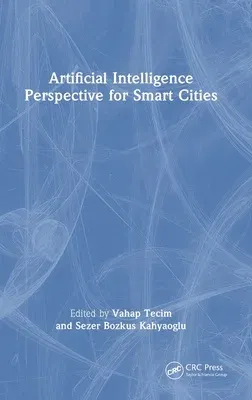The concept of a "smart city" is used widely in general; however, it is
hard to explain because of the complexity and multidimensionality of
this notion. However, the essential qualification for being a smart city
is to achieve "sustainable social, environmental, and economic
development" and boost the living standards of society based on
Information and Communication Technology (ICT) and Artificial
intelligence (AI). AI in smart cities has become an important aspect for
cities that face great challenges to make smart decisions for social
well-being, particularly cybersecurity and corporate sustainability. In
this context, we aim to contribute literature with a value-added
approach where various AI applications of smart cities are discussed
from a different perspective. First, we start by discussing the
conceptual design, modeling, and determination of components for the
sustainability of a smart city structure. Since smart cities operate on
spatial-based data, it is important to design, operate, and manage smart
city elements using Geographical Information Systems (GIS) technologies.
Second, we define the structure, type, unit, and functionality of the
layers to be placed on the GIS to achieve best practices based on
Industry 4.0 components. Transportation is one of the key indicators of
smart cities, so it is critical to make transportation in smart cities
accessible for different disabled groups by using AI technologies.
Third, we demonstrate what kinds of technologies should be used for
which disabled groups in different transportation vehicles with specific
examples. Finally, we create a discussion platform for processes and
sub-processes such as waste management, emergency management, risk
management, and data management for establishing smart cities including
the financial and ethical aspects.

